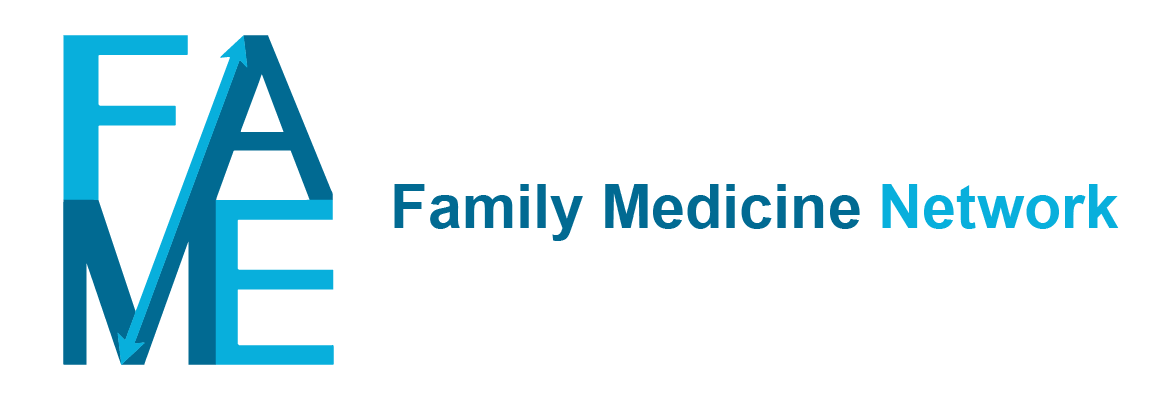External otitis is a diffuse inflammation of the skin of the ear canal causing pain, itching, discharge, scaling, redness or swelling and may be accompanied by hearing loss. The aetiology and pathophysiology are not entirely clear, but it appears that a disrupted acidic environment of the ear canal alters the local microbial flora and leads to inflammation. Normally, the lipidic and acidic characteristics of cerumen have a protective and bactericidal effect in the ear canal.
Acute external otitis is most common in summer. Swimming and other forms of water exposure are well-known risk factors. Other external factors are soap and shampoo, altering the pH of the ear canal. Furthermore, occlusion of the ear – for example, through the use of earplugs, hearing aids or earphones – increases ear canal moisture and irritation. It is assumed that picking at the ear and ear cleaning can lead to external otitis by removing cerumen and causing skin abrasions. A narrow ear canal is considered a further predisposing factor.
P. aeruginosa is the most common pathogenic micro-organism causing external otitis. This bacterium is sensitive to acidifying therapy. In <10% of patients with otitis externa, ear culture samples show the presence of a fungus, like Aspergillus or Candida albicans. This is more common in patients using hearing aids. In the absence of a causative micro-organism, a contact allergy, psoriasis or eczema may have contributed to the development of external otitis.
Diagnosis is based on history and physical examination. The distinction from acute otitis media with tympanic membrane rupture can sometimes be difficult.
Treatment consists of cleansing the ear canal from debris in the first place. This promotes healing in itself and is necessary for medication therapy to be effective. Cleansing is followed by the prescription of acid ear drops containing corticosteroids. If the tympanic membrane is not intact, aluminium acetotartrate ear drops should be prescribed. An ear wick drenched in ear drops can help decongest a swollen ear canal. Cleansing again and continued treatment are indicated if improvement does not occur after one (or two) weeks. A bacterial culture with resistance determination is advised when treatment fails after three weeks. Patients should be educated about external factors that may elicit external otitis. Systemic antibiotics are only indicated in case of fever and general illness. Analgesics can be used if necessary.
The prognosis of acute external otitis is good: more than 75% of patients are free of symptoms after three weeks of treatment.
In ICPC-2, external otitis is coded H70. Acute otitis media is coded H71.
External otitis has an incidence of 12.8 per 1000 patient years, meaning 13 new diagnoses among 1000 patients in a year. External otitis occurs in all age groups, but the incidence is lowest in the 0-4 age group, rising slowly in the older age groups. Link/Figure 1
In the age group 75+ the incidence is 25.5 per 1000 patient years in men and 17.0 in women.
Prevalence of external otitis is 16 per 1000 patient years, meaning that among 1000 patients in a year, 16 persons seek help from their GP for external otitis. The higher prevalence number compared to the incidence number implies that external otitis sometimes requires the prolonged attention of the GP. In men, the prevalence is highest in the age group 75+ (35.3 per 1000 patient years); in women, the prevalence is highest in the age group 65-74 (22.6 per 1000 patient
years). Link/Figure 2
By far, the most common initial reason for encounter (RFE) for external otitis is ‘ear pain’ (H01), accounting for 43% of all RFEs. Other common reasons for encounter are external otitis (H70), a ‘plugged feeling’ in the ear (H13), ear discharge (H04) and a request for an otoscopy (*31) or for medication (*50). Link/Figure 3
The most coded intervention for external otitis is the prescription of medication (*50), in 92% of episodes. Ear flushing (*51) is recorded in only 6% of all episodes. Referrals to a medical specialist (*67) and microbiological tests (*33) occur occasionally, in 4% and 2% of episodes, respectively. Link/Figure 4
Most prescribed medication types are ear drops containing a combination of corticosteroids and other (anti-infective) medication (S02C), in 76% of all episodes. This concerns acid ear drops with hydrocortisone or with triamcinolone acetonide. This is followed by ear drops with (single) anti-infective medication (S02A), including aluminium acetotartrate and acetic acid, in 10% of episodes. Penicillins (J01C) are prescribed in 4%. Link/Figure 5
Dutch guideline: https://richtlijnen.nhg.org/standaarden/otitis-externa#volledige-tekst (2014)
Goguen LA. External otitis: Pathogenesis, clinical features, and diagnosis. In: UpToDate, Deschler DG, Edwards MS, Givens J (Eds), UpToDate, Waltham, MA, 2023
Goguen LA. External otitis: Treatment. In: UpToDate, Deschler DG, Edwards MS, Givens J (Eds), UpToDate, Waltham, MA, 2023
